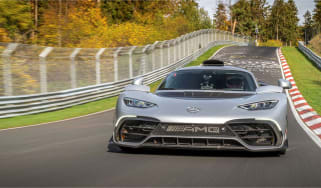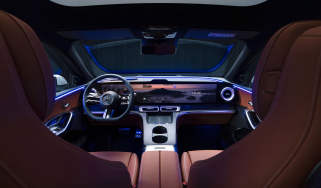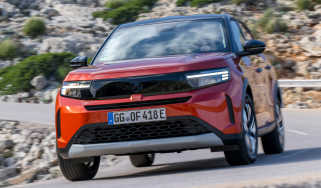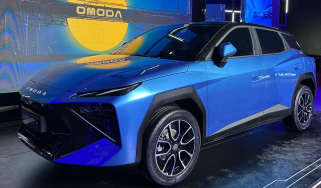Mercedes to introduce controversial steer-by-wire system from 2026
The updated Mercedes EQS will feature the same digitised steering system as the Tesla Cybertruck
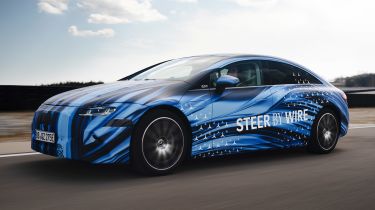
Mercedes will be the first German car manufacturer to introduce a steer-by-wire system when the heavily updated Mercedes EQS is launched next year. The system is said to offer many benefits, especially as more manufacturers get closer to full level 3 autonomous driving functionality, but it also has its critics due to safety concerns.
A steer-by-wire system replaces some of the physical steering hardware with a digital element. As a result, the steering wheel, or yoke as it’s often referred to, varies its weight and feedback thanks to a small motor at the base of the steering wheel, using software to mimic the feel usually derived from the road surface.
Because the steering wheel has no physical connection to the wheels, there are lots of advantages to this set-up, with Mercedes citing parking manoeuvrability as a key area of improvement. This system allows the car’s wheels to turn from lock-to-lock with as little as a half turn of the steering wheel, meaning you don’t need to take your hands off the steering wheel when doing complex manoeuvres like parallel parking.
Steer by wire also opens up more possibilities for future level 3 autonomous driving functionality, including – Mercedes says – the ability to “more easily watch your favourite television shows”. The German brand has already shown a preview of what its future yoke will look like, too, with no top and a flat bottom sitting alongside the airbag and control interface from the latest CLA.
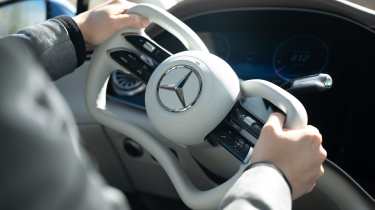
Among the other benefits is being able to dramatically change the feel and speed of the rack while driving. This allows for more variability between drive modes, or the driver’s preferences. The lack of a physical steering rack also means there’s more flexibility in the car’s overall packaging – although, given that the EQS has already been designed to integrate a physical steering rack, this benefit won’t be realised in this initial application.
However, steer-by-wire – which is already used in the Tesla Cybertruck, and has been under a very long-winded development process by Lexus and Toyota – also has its critics, because the systems often lack consistency in their feel and behaviour, depending on your speed and the conditions.
Safety has also been a concern, but Mercedes says it will install a totally redundant set of back-up electronics for the system. Infiniti was the first brand to introduce a steer-by-wire system in one of its vehicles around a decade ago, but it featured a secondary physical steering system as a back-up, essentially rendering the steer-by-wire system pointless.
The updated 2026 EQS will be the first Mercedes to adopt the new technology, after which it will likely spread to the brand’s other high-end EV models, including the EQE and the SUV versions of both it and the EQS.
Click here for our list of the best electric cars...
Find a car with the experts


